It was a somewhat surreal experience to be standing with my partner and two children in Disneyland’s New Orleans Square, in the shadow of the Haunted Mansion, watching red, white and blue fireworks light up the sky on the 4th of July. But there we were on the national holiday, a day vested with enormous sentiment for Americans about their past and future, watching them hand-on-heart singing the national anthem, few with dry eyes.To be in the United States on the day that commemorates the unification of 13 colonies who proclaimed their independence from Great Britain in a remarkable document principally authored by Thomas Jefferson was revealing. Yet today, the divisions across America run deep and political gridlock is entrenched. Donald Trump has not been able to unite Americans, his popularity remains low and he is without a signature legislative achievement despite Republicans with a congressional majority. But the thing about America is hope springs eternal. It is part of their founding creed proclaimed in Philadelphia in July 1776. Those who voted for Trump have kept the faith and remain loyal to his America First agenda despite the off-message early morning Tweetstorms, the crass attacks on journalists and political opponents, the divisions in the Republican Party, the decline of American prestige and leadership abroad, and the metastasising Russia scandal that threatens to engulf the White House. Trump may yet grow into the presidency, learn from his mistakes and bring Americans together and deliver on his agenda. It is too early to write him off, but I doubt things will change.
Disneyland may be a strange place to contemplate these things but its enduring motto – ‘the happiest place on earth’ – is a reminder that for most Americans politics is not their primary focus. Life goes on. They are more concerned about their jobs, families and standards of living. Yet Americans have a stronger civic faith than any other nation. Stone and marble monuments to presidents, war heroes and political icons cover the land. The founders appear on the currency. Schools, suburbs and streets bare their names. Children learn the Gettysburg Address, the pledge of allegiance and the national anthem by rote. There’s even politics at Disneyland. One of the earliest attractions was ‘Great Moments with Mr Lincoln’. Walt Disney’s audio-animatronic Lincoln was his personal tribute to the 16th president who won the Civil War and saved the union. The political equivalent of Disneyland is the network of presidential libraries that stretch across the country, from sea to shining sea. There are 13 official presidential libraries; the first was Franklin D. Roosevelt’s. On previous trips to the US over the past decade or so, I’ve visited the library/museums of nine presidents: Roosevelt, Harry Truman, John F. Kennedy, Lyndon Johnson, Richard Nixon, Ronald Reagan, George H.W. Bush, Bill Clinton and George W. Bush. A family vacation provided an opportunity to revisit the Reagan and Nixon libraries located in sunny California.
I stressed to my two kids, aged nine and 11, that they would not be ‘boring’ as they feared. Who wouldn’t get a buzz walking through a decommissioned Air-Force One or Marine One at the Reagan library in Simi Valley? An interactive exhibit enabled my daughter to act opposite Reagan in one of his B-grade movies while my son recreated Reagan’s call of a baseball game in the 1930s. They stood at the presidential podium and read parts of Reagan’s first inaugural address, pretended to climb under the Berlin Wall escaping from East Germany and flicked through his White House diaries on a touch-screen.And at the Nixon library in Yorba Linda, the kids were thrilled to walk into the reconstructed Oval Office and sit at the presidential desk pretending to give orders to subordinates. I was stunned to see them pick up telephones and listen to several of Nixon’s secretly-taped meetings and calls. They learnt about the opening to China and détente with the USSR, Nixon’s phone call with Apollo 11 astronauts, and Watergate. When we left, they recreated Nixon’s two-hand victory salute as he defiantly boarded Marine One after his resignation.
Americans commemorate their history better than any other nation. The number of annual visitors to state and national parks, and historic monuments, and presidential libraries is extraordinary. We stopped in Honolulu for a few days on our way back to Sydney and visited Pearl Harbor, where Japan launched a surprise attack on the US fleet in December 1941 that catapulted them into World War Two. Tickets have to be purchased months in advance but 1,300 are available on a first-come-first basis each day. We lined up at 6.30 am and within minutes the line was a mile long. All tickets for that day were swiftly gone. The overwater memorial above the USS Arizona is a hallowed place for Americans.
Lining up with my son to meet Buzz Lightyear at Disney’s California Adventure a few days earlier, I got chatting to a midwestern American couple who were visiting with their two teenage sons. They asked what we had done on our holiday thus far. We had been to the Reagan library and the next day would venture into Nixonland. They had already been. They were not Nixon fans but they respected the presidency and thought it was worth a visit. It was, the mother said, part of their history and they owed it to themselves to see it. That is why ‘the great republic’, to borrow from Winston Churchill, will endure no matter who is in the White House.
Got something to add? Join the discussion and comment below.
Get 10 issues for just $10
Subscribe to The Spectator Australia today for the next 10 magazine issues, plus full online access, for just $10.
You might disagree with half of it, but you’ll enjoy reading all of it. Try your first month for free, then just $2 a week for the remainder of your first year.

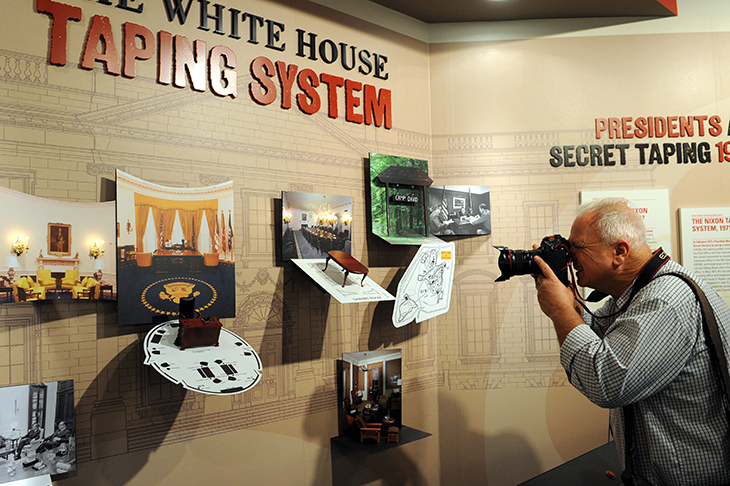
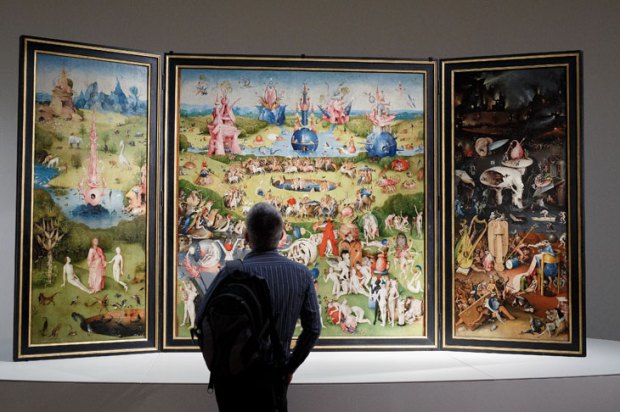
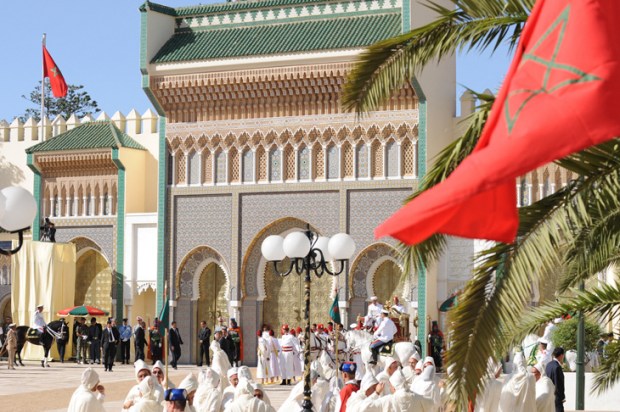
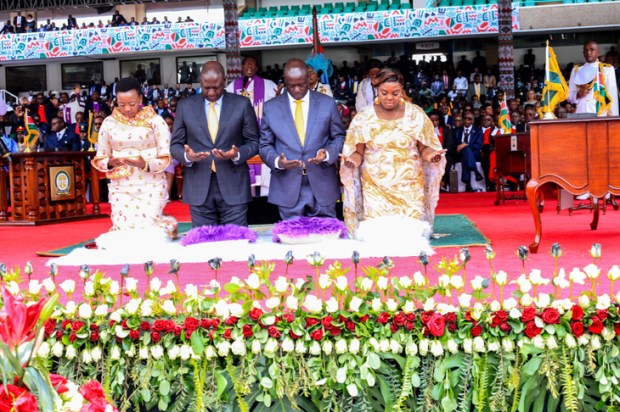
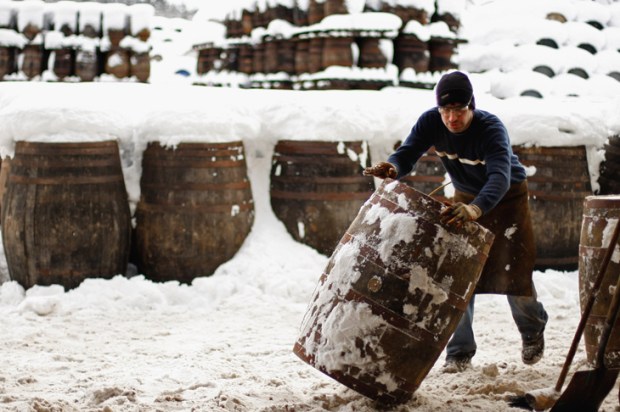
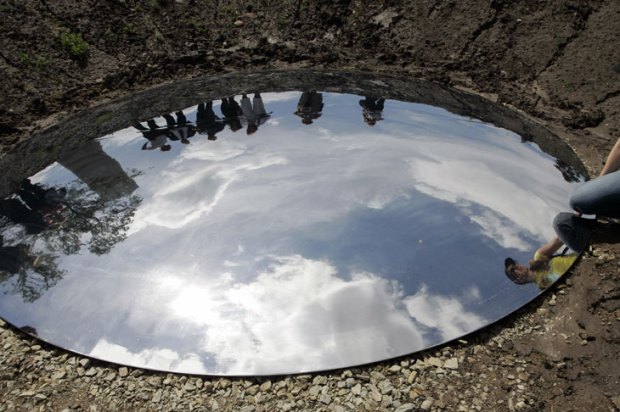
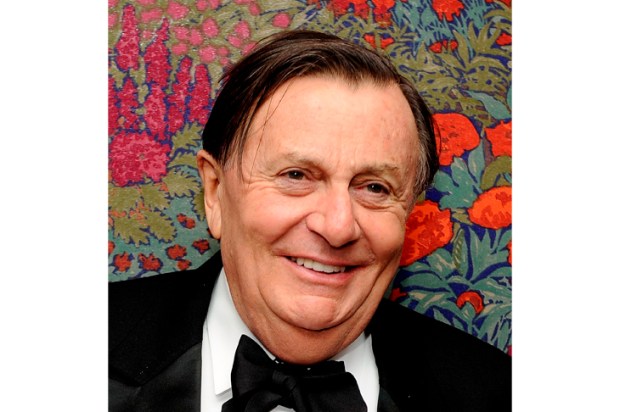






Comments
Don't miss out
Join the conversation with other Spectator Australia readers. Subscribe to leave a comment.
SUBSCRIBEAlready a subscriber? Log in